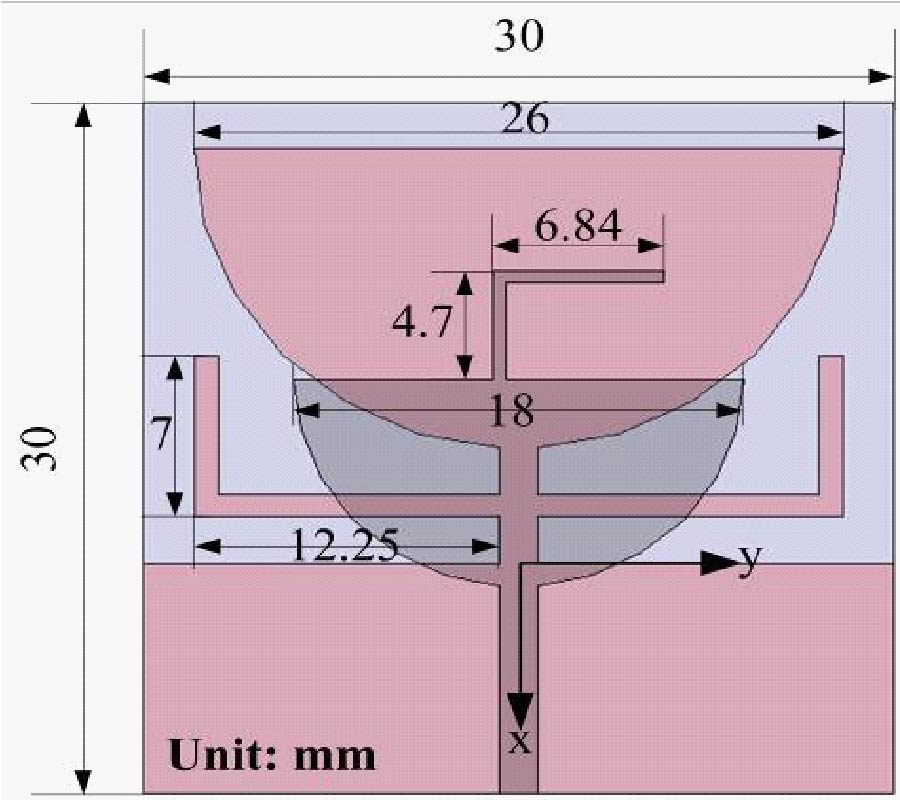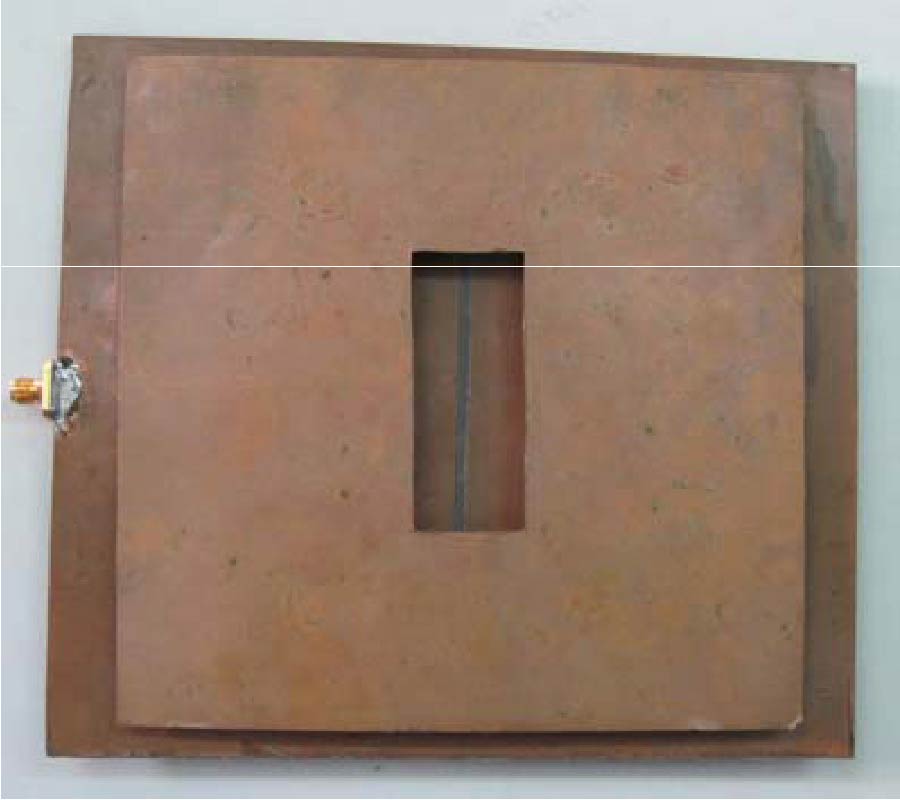2010-07-03 Latest Published
By Nguyen Quang Bau
Do Manh Hung
Le Thai Hung
Progress In Electromagnetics Research Letters, Vol. 15, 175-185, 2010
Abstract
The influences of confined phonons on the nonlinear absorption coefficient (NAC) by a strong electromagnetic wave for the case of electron-optical phonon scattering in doped superlattices (DSLs) are theoretically studied by using the quantum transport equation for electrons. The dependence of NAC on the energy (hΩ), the amplitude (E0) of external strong electromagnetic wave, the temperature (T) of the system, is obtained. Two cases for the absorption: Close to the absorption threshold ∣khΩ - hω0∣<< ε and far away from the absorption threshold ∣khΩ - hω0∣>> ε (k = 0, 1, 2..., hω0 and ε are the frequency of optical phonon and the average energy of electrons, respectively) are considered. The formula of the NAC contains a quantum number m characterizing confined phonons. The analytic expressions are numerically evaluated, plotted and discussed for a specific of the n-GaAs/p-GaAs DSLs. The computations show that the spectrums of the NAC in case of confined phonon are much different from they are in case of un-confined phonon and strongly depend on a quantum number m characterizing confinement phonon.



















